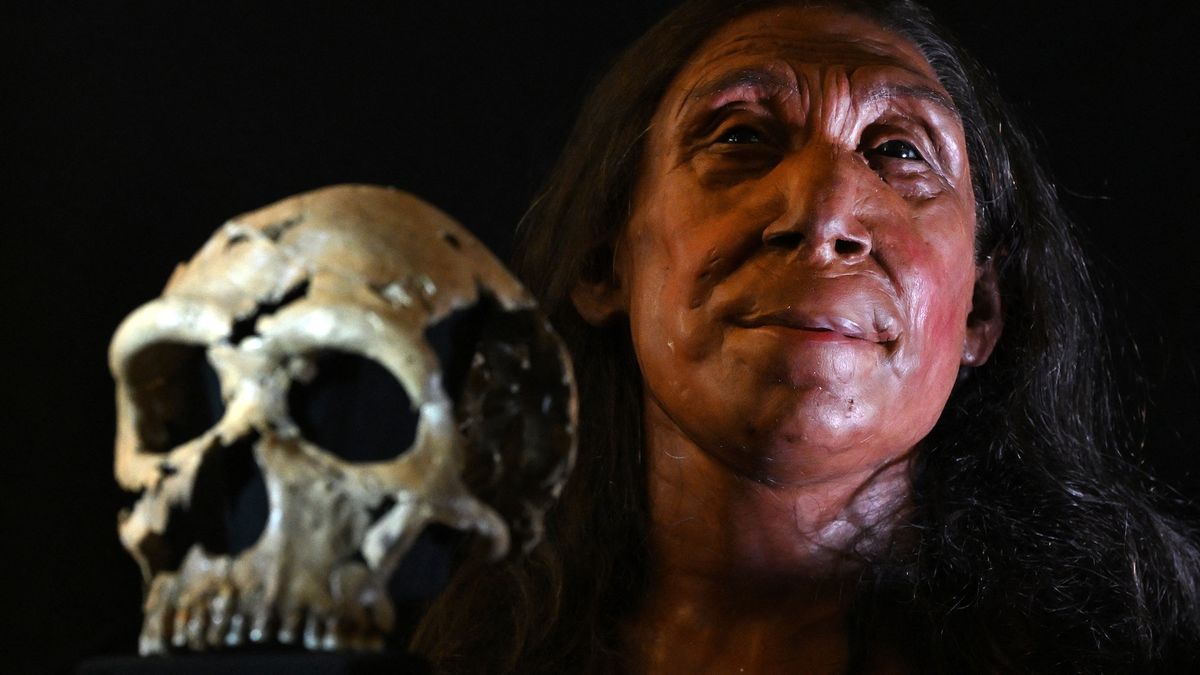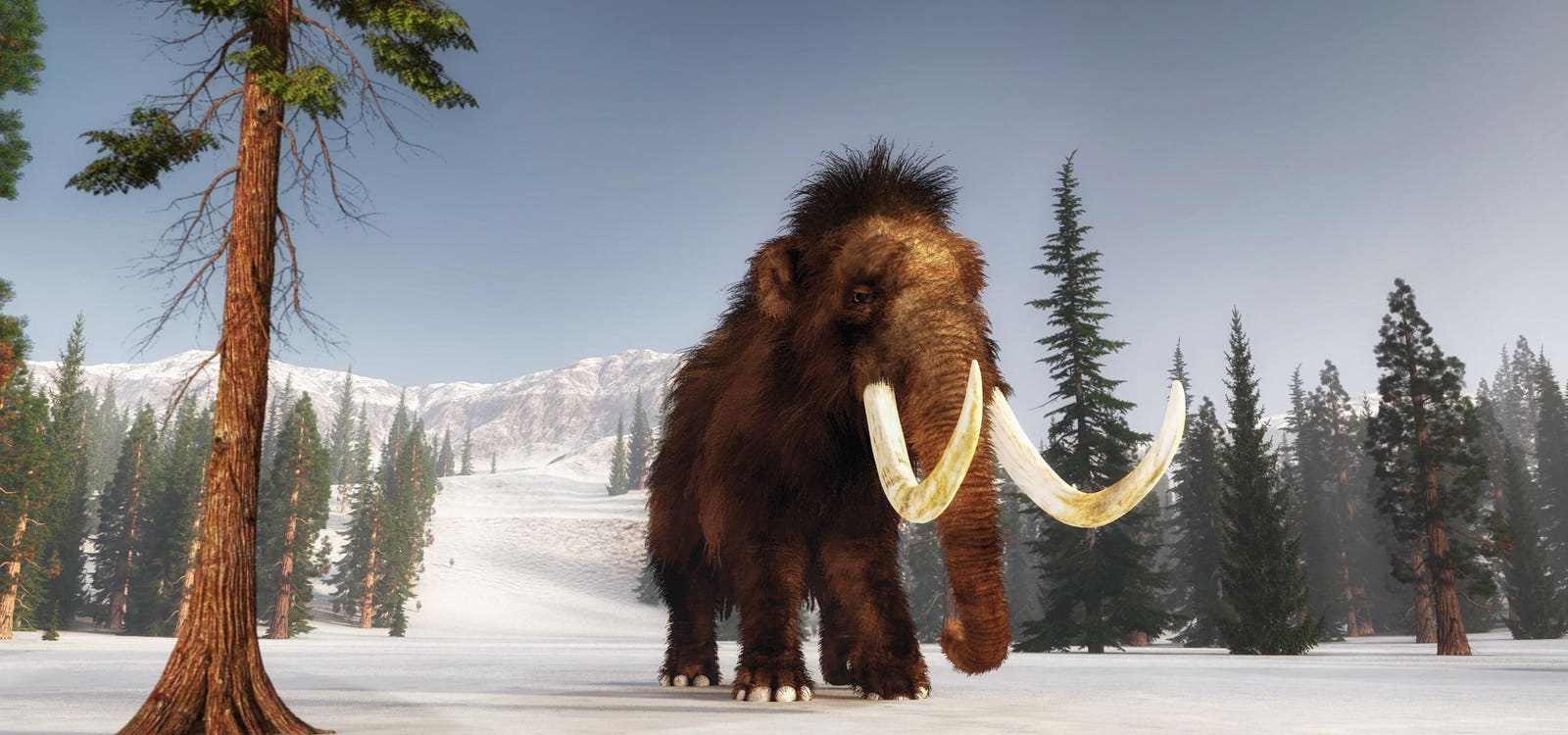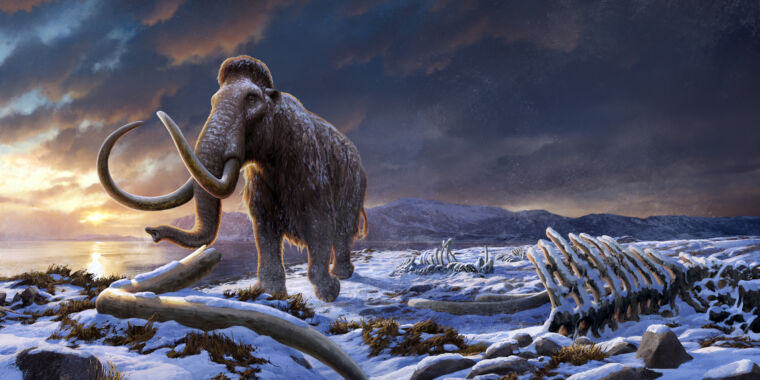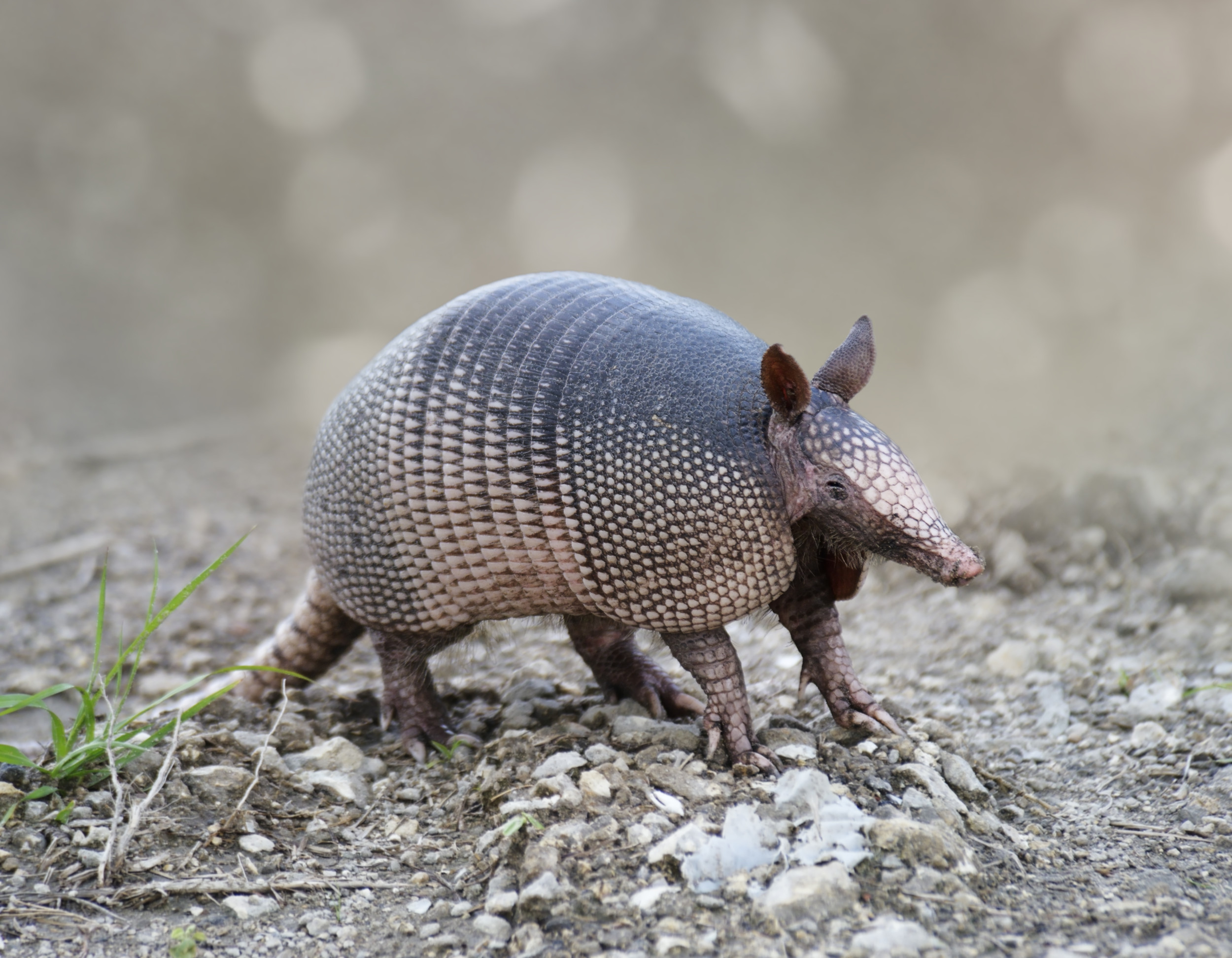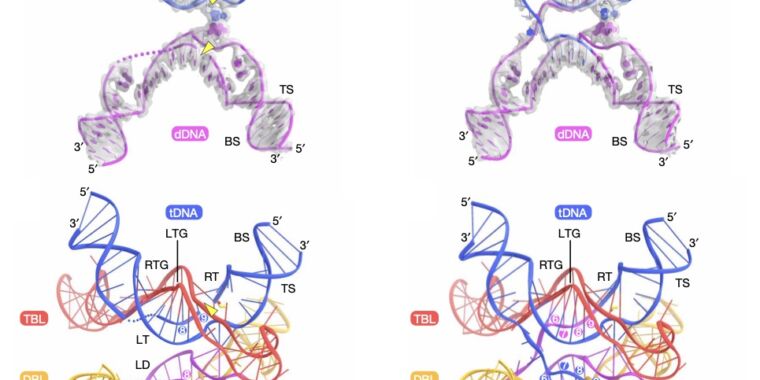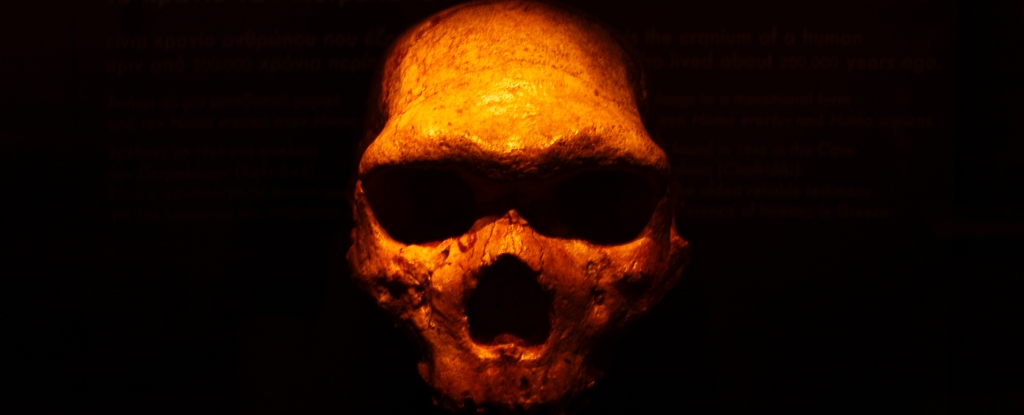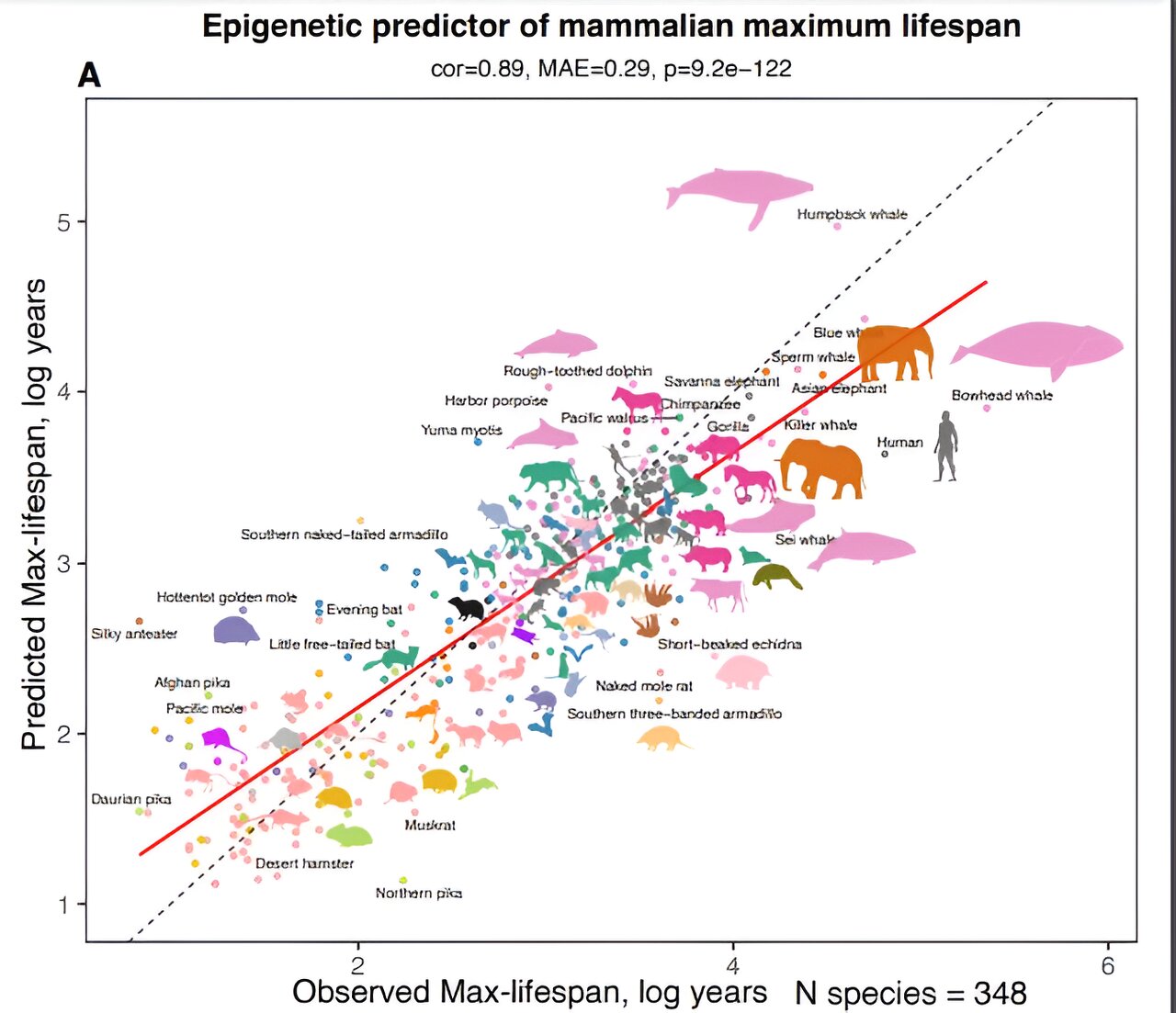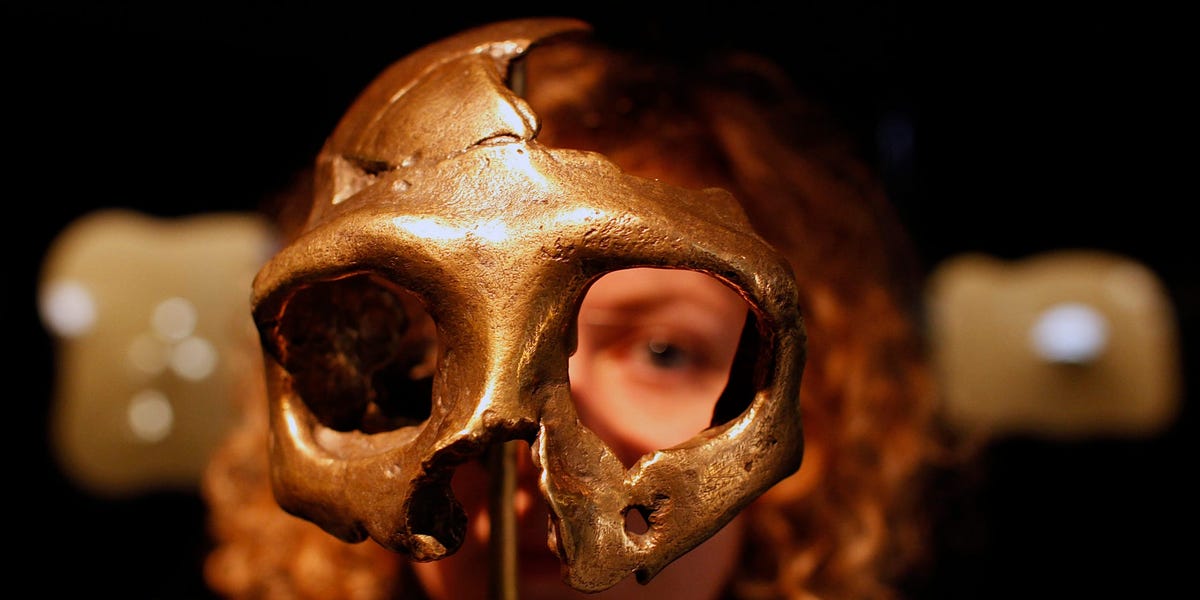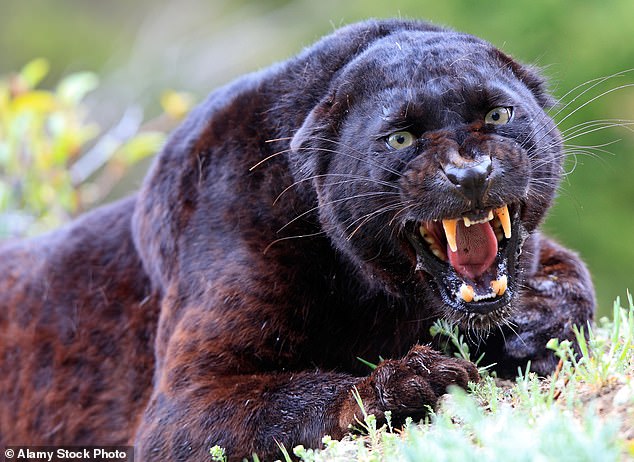Neanderthals did not actually go extinct, but rather were absorbed into the modern human population, DNA research shows
Neanderthals may not have actually gone extinct, but they may have been absorbed into modern human populations. That’s one implication of a new study, which shows that modern human DNA may make up 2.5% to 3.7% of the Neanderthal genome. “This research underscores that what we consider a distinct Neanderthal lineage was actually more closely … Read more
